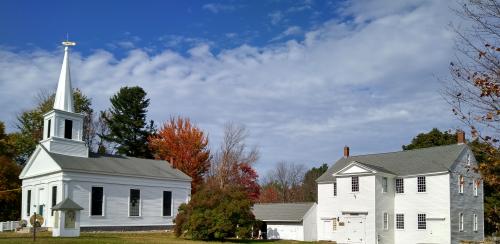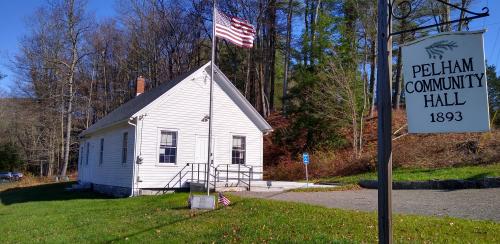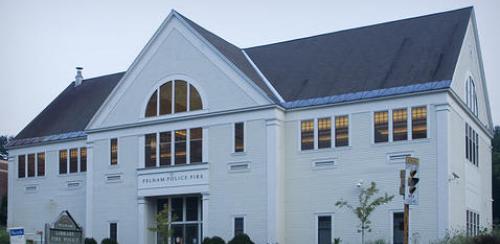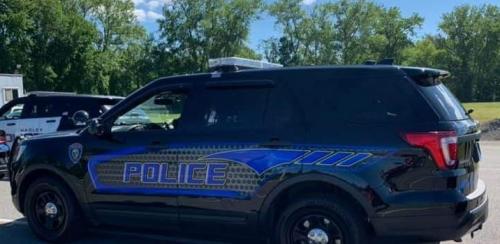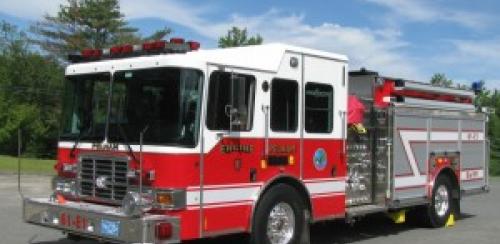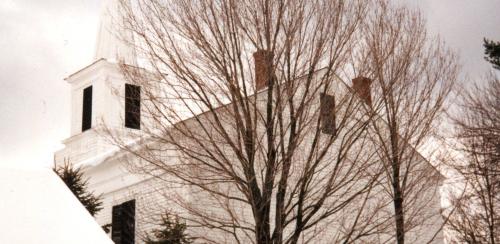Budget Hearing Information
Near the end of the calendar year the Board of Selectmen set a date for what has been traditionally called their "Round Table Meeting." This meeting is held annually prior to the beginning of the budget preparation season. Department heads and committee/board chairmen, Library Trustees and school officials will be invited to this meeting where they will be advised by the Finance Committee on what the Town expects to receive in revenue, and already known expenses for the upcoming fiscal year. Those invited will be asked to make the Board of Selectmen and the Finance Committee aware of what they anticipate their budgetary needs will be. The Board of Selectmen and Finance Committee will then instruct department heads and committee/board chairs, Library Trustees and school officials to prepare their budgets for the upcoming fiscal year based on the information shared at the meeting.
Dates will be set for submittal of proposed budgets to the Board of Selectmen for their review and to the Finance Committee for their review also. The Finance Committee will schedule meeting times for the main departments, i.e. schools, library, highway, fire, police, and selectmen's office to present their proposals. The Finance Committee will also schedule dates and times for all departments and committees to present their proposals.
Before the Board of Selectmen and Finance Committee hold the Round Table meeting it will be determined, as realistically as possible, how much money the Town will have to spend.
The Town has three primary sources of revenue; the largest being from property taxes. Local Receipts and State Aid are the other two.
Property taxes are determined by the Town’s Levy Limit.
Local Receipts include court fines, excise taxes, interest, and other fines and fees.
State Aid includes Chapter 70 (schools), Chapter 90 (roads), Lottery, and PILOT (Payment In Lieu of Taxes)
The Levy Limit is the maximum amount of money the Town can raise in taxes. Proposition 2 ½ restricts increases to the Levy Limit from one year to the next to 2 ½ %. The only relief from that is the "new taxes" that come from "new growth".
For example, if the Town was able to raise $100,000 through property taxes in FY04, the most the Town could raise through the taxing of those same properties in FY05 would be $102,500.
If there had been new growth, then the taxes from that new growth could be added to the $102,500, giving the Town its new Levy Limit for FY05.
The Town uses the previous years receipts when predicting how much they will receive in Local Receipts for the upcoming fiscal year.
State Aid figures are not usually known until after the Board of Selectmen and Finance Committee have made their recommendations, therefore a, dare I say the word "conservative", estimate is made.
Beginning in early January, the Board of Selectmen, with the assistance of the Board of Assessors and Finance Committee, have to calculate what the Levy Limit is for that year.
They also predict what they will receive in Local Receipts and State Aid.
They now have a fairly good idea of how much they will have available to spend and this is the information they convey to the School Committees, the Library Trustees, and all the boards, commissions, and departments that make up General Government at the annual Round Table meeting.
Budget proposals/requests are prepared by the department heads, and board and committee chairs, and submitted to the Finance Committee and the Board of Selectmen for their review and recommendations.
The school budgets and the General Government budgets all consist of non-discretionary and discretionary line items, i.e. line items that the Board of Selectmen and Finance Committee do not have control over and lines that they do have some control over. Examples of non-discretionary items in General Government are Property & Casualty Insurance, Workers' Compensation Insurance, Unemployment Insurance, Retirement assessments, Hampshire Council of Governments assessment, to name but a few.
As explained earlier, Proposition 2 1/2 limits the amount by which a town can raise its levy limit. Local Receipts have barely made projections the last couple of years, mostly due to lower interest rates, decrease in court fines, and fewer people purchasing new cars (excise taxes). State Aid had been consistently less from one year to the next, and although there was an increase this year it was insignificant.
What this all means is that the Town has a limited amount of money to use for the elementary school, the regional school assessment, Library Trustees and the remainder of General Government.
If the needs are greater than what the Town will have available then either those needs have to be adjusted or the Town must go for an override. The Board of Selectmen is the only authority which can place an override question on the ballot and that can only be done with a majority vote. A special election must be held and an override requires a simple majority in order to pass.
If an override passes the Town will be able to raise the levy limit by the amount of the override and thereby raise from taxation the amount necessary to fund the budget requests.
However, any increase in the Levy Limit will mean that property owners will pay more on taxes than they did the previous year. Not all property owners will see the same increase. It will depend on how the value of your home has changed from the previous year. It is important to understand that the value of your home does not change depending on how much money the Town votes to spend. Values are based entirely on market sales of homes in the area.
It is the amount that Town Meeting votes to spend, less the revenues received through State Aid and Local Receipts, that determines the amount of money that must be raised through taxation.
The formula for determining this amount is as follows:
Total Levy (the amount Town Meeting votes to spend) divided by total assessed value (the total value for all the properties in Pelham) gives a millage rate (the rate per thousand).
For example, if Town Meeting votes to spend $2,000,000 (Total Levy) and property values total $100,000,000 the calculation would look like this:
2,000,000
100,000,000 = .02 cents (per dollar of valuation, or $20 per $1,000 of valuation) This is the tax rate.
If you apply that tax rate to a house valued at $250,000 taxes will be $5,000:
.02 x 250,000 = 5,000
OR
20 x 250 = 5,000
When an override is passed the Levy Limit is increased by the amount of the override, and that increased levy limit is what next year’s levy limit calculation will be based on. That is why an override is considered a "permanent" change.
To understand what an override would do to the Levy Limit take a look at the following figures:
Example 1: Without Override
The FY04 Levy Limit was $2,072,263
2 ½ Increase 51,807
Assessors projection of New Growth 35,000
FY05 Levy Limit $2,159,070
Example 2: With Override
The FY04 Levy Limit was $2,072,263
2 ½ Increase 51,807
Assessors projection of New Growth 35,000
Override Amount 100,000
FY05 Levy Limit $2,259,070
Passage of an override would mean that the Town would begin its budget process by calculating what the FY06 Levy Limit will be and instead of beginning its calculations with the amount shown in Example 1, it would be starting with $2,259,070. The following figures show what that would look like for FY06.
Without Override
The FY05 Levy $2,159,070
2 ½ Increase 53,977
Assessors projection of New Growth 35,000
FY06 Levy Limit $2,213,047
With Override
The FY05 Levy $2,259,070
2 ½ Increase $56,477
Assessors projection of New Growth 35,000
FY06 Levy Limit $2,350,547
More information about Proposition 2½ can be found on the town’s website at www.townofpelham.org


